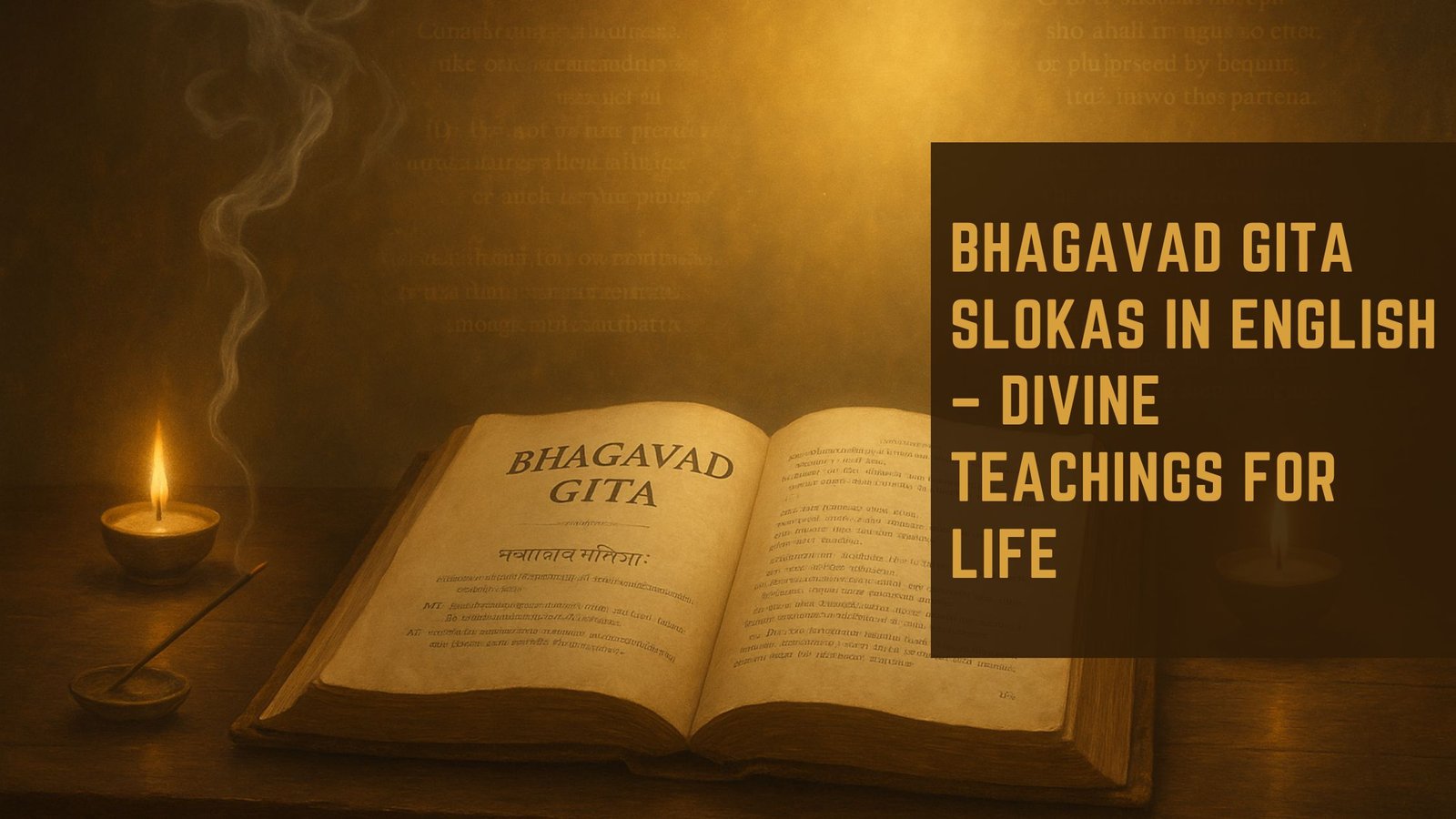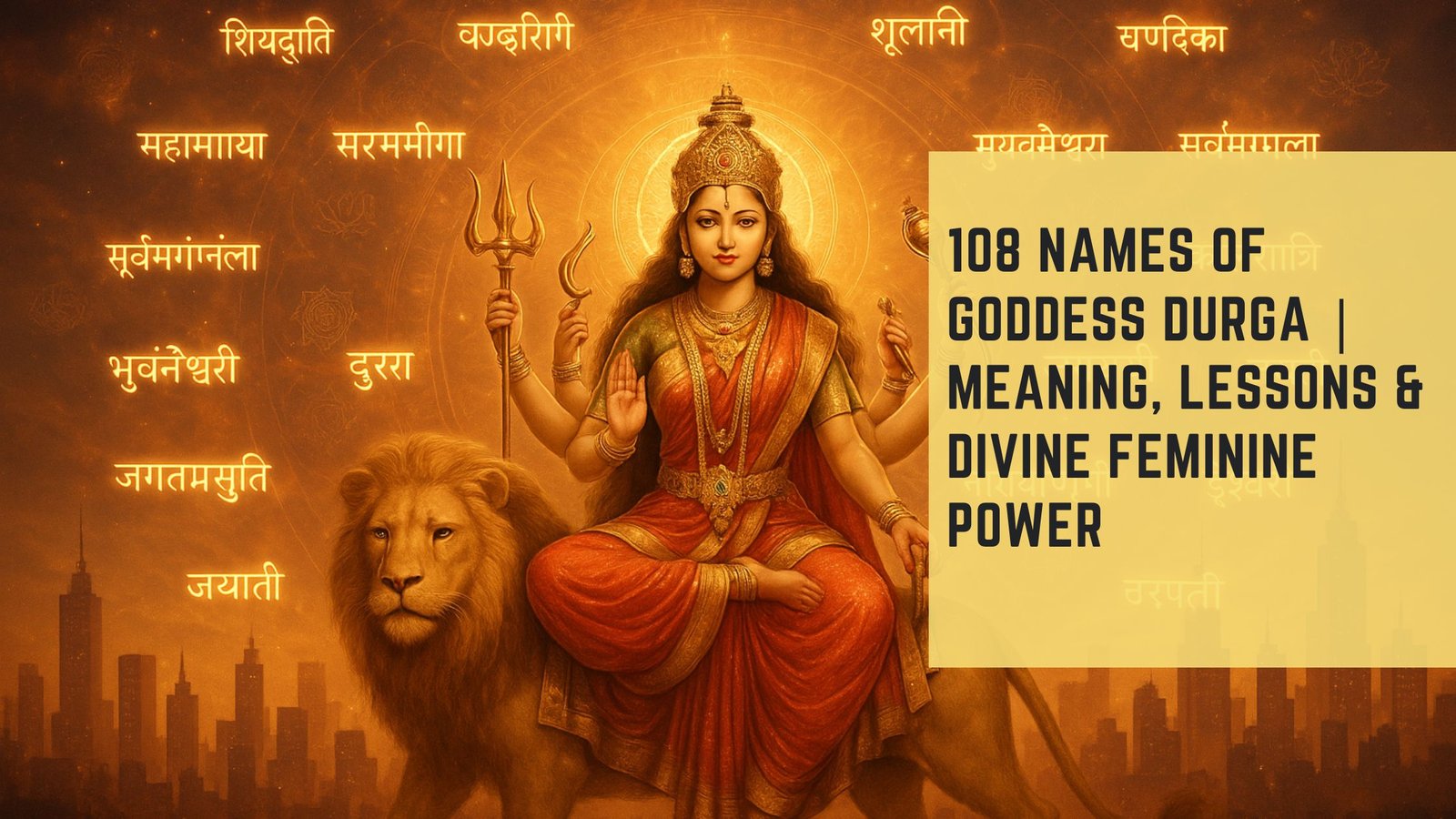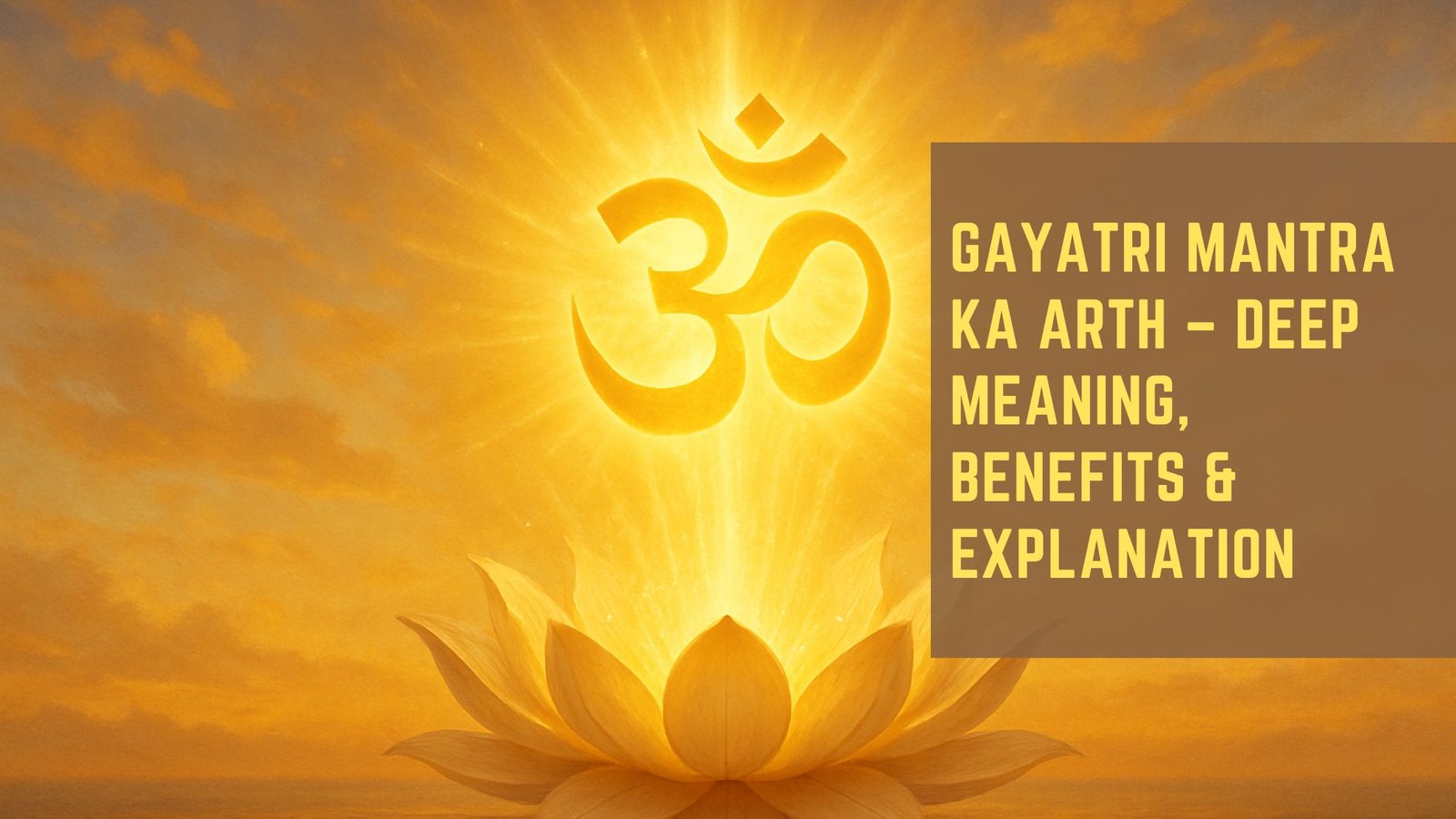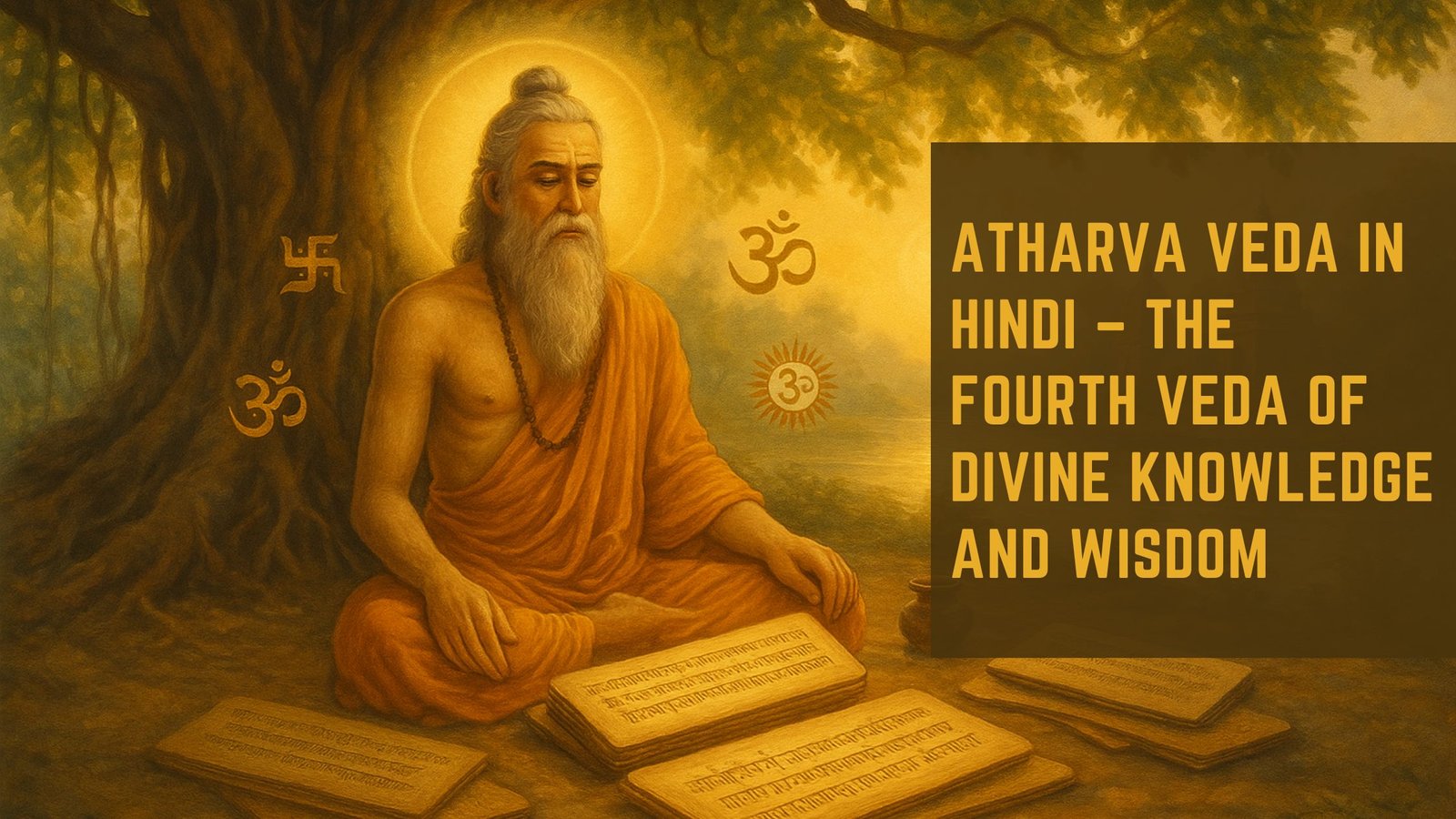The Bhagavad Gita, often referred to simply as the Gita, is a 700-verse Hindu scripture that is part of the Indian epic Mahabharata. It is a sacred text that has transcended time and culture, offering profound insights into the nature of life, duty, and spirituality. The dialogue between Prince Arjuna and Lord Krishna unfolds on the battlefield of Kurukshetra, where Arjuna grapples with his moral dilemmas and the weight of his responsibilities.
This ancient scripture serves not only as a philosophical treatise but also as a guide for personal transformation and self-discovery. The Gita addresses fundamental questions about existence, purpose, and the path to enlightenment. It emphasizes the importance of understanding one’s duty (dharma) and the pursuit of righteousness.
Through its teachings, the Gita encourages individuals to seek inner peace amidst the chaos of life. The timeless wisdom contained within its verses continues to resonate with people from all walks of life, making it a cornerstone of spiritual literature. As readers delve into its teachings, they are invited to explore their own inner landscapes and confront the challenges that arise in their pursuit of peace and fulfillment.
Key Takeaways
- The Bhagavad Gita is a sacred Hindu scripture that offers guidance on achieving inner peace and spiritual growth.
- Inner peace in the Bhagavad Gita is achieved through understanding the true nature of the self and the universe, and by cultivating a sense of detachment from material desires.
- Practicing detachment and non-attachment is essential for inner peace, as it allows individuals to free themselves from the cycle of desire and suffering.
- Self-realization and self-awareness are crucial for achieving inner peace, as they enable individuals to understand their true purpose and nature.
- The teachings of the Bhagavad Gita provide guidance on overcoming adversity and finding inner peace through self-discipline, devotion, and a balanced approach to life.
Understanding the concept of inner peace in the Bhagavad Gita
Inner peace, as articulated in the Bhagavad Gita, is not merely the absence of conflict or turmoil; rather, it is a profound state of tranquility that arises from self-awareness and alignment with one’s true nature. The Gita teaches that true peace comes from understanding the eternal self (Atman) and recognizing its connection to the universal consciousness (Brahman). This realization allows individuals to transcend the transient nature of worldly experiences and find solace in their inherent divinity.
Krishna imparts wisdom to Arjuna, guiding him to see beyond the dualities of pleasure and pain, success and failure. The Gita emphasizes that inner peace is cultivated through equanimity—maintaining a balanced mind regardless of external circumstances. By practicing detachment from the fruits of one’s actions and focusing on the process rather than the outcome, individuals can achieve a state of serenity that remains unshaken by life’s inevitable ups and downs.
This understanding forms the foundation for a life lived in harmony with oneself and the universe.
Practicing detachment and non-attachment for inner peace

Detachment and non-attachment are central themes in the Bhagavad Gita, serving as essential practices for achieving inner peace. The text teaches that attachment to material possessions, relationships, or outcomes can lead to suffering and discontent.
This does not imply a lack of care or love; rather, it encourages a healthy perspective that allows one to engage with life without being ensnared by it. Krishna advises Arjuna to perform his duty without attachment to success or failure. This principle of selfless action (karma yoga) fosters a mindset where individuals can act with purpose while remaining unaffected by the results of their efforts.
By embracing this approach, one can navigate life’s challenges with grace and resilience. The practice of non-attachment enables individuals to experience life fully while maintaining an inner sanctuary of peace, allowing them to respond to situations with clarity rather than emotional reactivity.
The importance of self-realization and self-awareness
| Aspects | Importance |
|---|---|
| Self-realization | Understanding one’s true potential and purpose in life |
| Self-awareness | Recognizing one’s own emotions, strengths, and weaknesses |
| Personal growth | Leads to personal growth and development |
| Improved relationships | Enhances communication and empathy with others |
| Emotional intelligence | Develops emotional intelligence and resilience |
Self-realization is a pivotal concept in the Bhagavad Gita, representing the journey toward understanding one’s true nature beyond societal roles and expectations. The Gita emphasizes that self-awareness is essential for achieving inner peace, as it allows individuals to recognize their thoughts, emotions, and motivations without judgment. This heightened awareness fosters a deeper connection with oneself, paving the way for personal growth and transformation.
Through self-realization, individuals come to understand their place in the grand tapestry of existence. The Gita teaches that each person has a unique purpose (dharma) that contributes to the greater good. By aligning with this purpose, individuals can experience fulfillment and joy that transcends external circumstances.
The journey toward self-awareness involves introspection and contemplation, enabling individuals to confront their fears and insecurities while embracing their authentic selves. This process ultimately leads to a profound sense of inner peace that radiates outward into all aspects of life.
Overcoming adversity and finding inner peace through the teachings of the Bhagavad Gita
Life is replete with challenges and adversities that can disrupt one’s sense of peace. The Bhagavad Gita offers valuable insights on how to navigate these difficulties with resilience and grace. Krishna’s teachings encourage individuals to view obstacles as opportunities for growth rather than insurmountable barriers.
By adopting this perspective, one can cultivate a mindset that embraces challenges as integral parts of the human experience. The Gita emphasizes the importance of maintaining equanimity in the face of adversity. Krishna advises Arjuna to remain steadfast in his duty despite the turmoil surrounding him.
This principle can be applied universally; when individuals confront hardships with a sense of purpose and commitment, they are better equipped to find inner peace amidst chaos. The teachings of the Gita inspire individuals to rise above their circumstances, fostering a sense of empowerment that allows them to navigate life’s storms with confidence and serenity.
Cultivating a balanced and harmonious life through the Bhagavad Gita

The pursuit of balance and harmony is a recurring theme in the Bhagavad Gita. Krishna’s teachings encourage individuals to integrate various aspects of life—work, relationships, spirituality—into a cohesive whole. This holistic approach fosters a sense of well-being that transcends superficial achievements or material success.
By prioritizing balance, individuals can create an environment conducive to inner peace. The Gita advocates for moderation in all things, emphasizing that extremes can lead to imbalance and unrest. Whether it pertains to work-life balance or emotional regulation, cultivating harmony requires conscious effort and self-discipline.
By practicing mindfulness and being present in each moment, individuals can develop a deeper appreciation for life’s nuances. This awareness allows them to respond thoughtfully rather than react impulsively, ultimately leading to a more harmonious existence.
Applying the principles of karma and dharma for inner peace
Karma and dharma are foundational concepts in the Bhagavad Gita that play a crucial role in achieving inner peace. Karma refers to the law of cause and effect; every action has consequences that shape an individual’s experiences. Dharma, on the other hand, represents one’s duty or righteous path in life.
Understanding these principles empowers individuals to make choices aligned with their values and purpose. By embracing one’s dharma, individuals can engage in actions that resonate with their true selves. The Gita teaches that fulfilling one’s responsibilities with sincerity leads to positive karma, creating a ripple effect that contributes to overall well-being.
When individuals act in accordance with their dharma without attachment to outcomes, they cultivate a sense of fulfillment that fosters inner peace. This alignment between action and purpose creates a harmonious flow in life, allowing individuals to navigate challenges with grace while remaining grounded in their values.
Embracing inner peace through the wisdom of the Bhagavad Gita
The Bhagavad Gita offers timeless wisdom that serves as a beacon for those seeking inner peace amidst life’s complexities. Its teachings on detachment, self-realization, resilience in adversity, balance, karma, and dharma provide a comprehensive framework for personal growth and spiritual development. By embracing these principles, individuals can cultivate a profound sense of tranquility that transcends external circumstances.
As readers engage with the Gita’s teachings, they are invited on a transformative journey toward self-discovery and enlightenment. The path may be challenging at times, but the rewards are immeasurable—a deep-rooted sense of inner peace that radiates into every aspect of life. Ultimately, by integrating the wisdom of the Bhagavad Gita into daily practice, individuals can navigate their journeys with clarity, purpose, and an unwavering commitment to living harmoniously within themselves and with others.
If you are seeking inspiration from Bhagavad Gita quotes, you may also find the article The Message of the Bhagavad Gita: Finding Purpose and Inner Peace to be insightful. This article delves into the timeless wisdom of the Gita and how it can help us navigate the complexities of modern life. Additionally, you may want to explore Seeking Wisdom: Bhagavad Gita 2.47 for a deeper understanding of the teachings and how they can guide us towards inner peace and fulfillment. The Bhagavad Gita offers timeless wisdom that is relevant and applicable to our lives today, as discussed in the article The Bhagavad Gita: Timeless Wisdom for Modern Life.
FAQs
What is the Bhagavad Gita?
The Bhagavad Gita is a 700-verse Hindu scripture that is part of the Indian epic Mahabharata. It is a sacred text of the Hindu religion and is considered one of the most important spiritual classics.
What are some famous quotes from the Bhagavad Gita?
Some famous quotes from the Bhagavad Gita include “You have the right to work, but never to the fruit of work,” “The mind is restless and difficult to restrain, but it is subdued by practice,” and “The power of God is with you at all times; through the activities of mind, senses, breathing, and emotions; and is constantly doing all the work using you as a mere instrument.”
How is the Bhagavad Gita used for inspiration?
The Bhagavad Gita is often used for inspiration as it provides guidance on how to live a righteous life, make difficult decisions, and find inner peace. Its teachings on duty, devotion, and selflessness can inspire individuals to lead a more meaningful and fulfilling life.
Is the Bhagavad Gita only for Hindus?
While the Bhagavad Gita is a sacred text of the Hindu religion, its teachings and wisdom are considered universal and can be appreciated and applied by people of all faiths and backgrounds. Many people, regardless of their religious beliefs, find inspiration and guidance in the Bhagavad Gita’s teachings.














